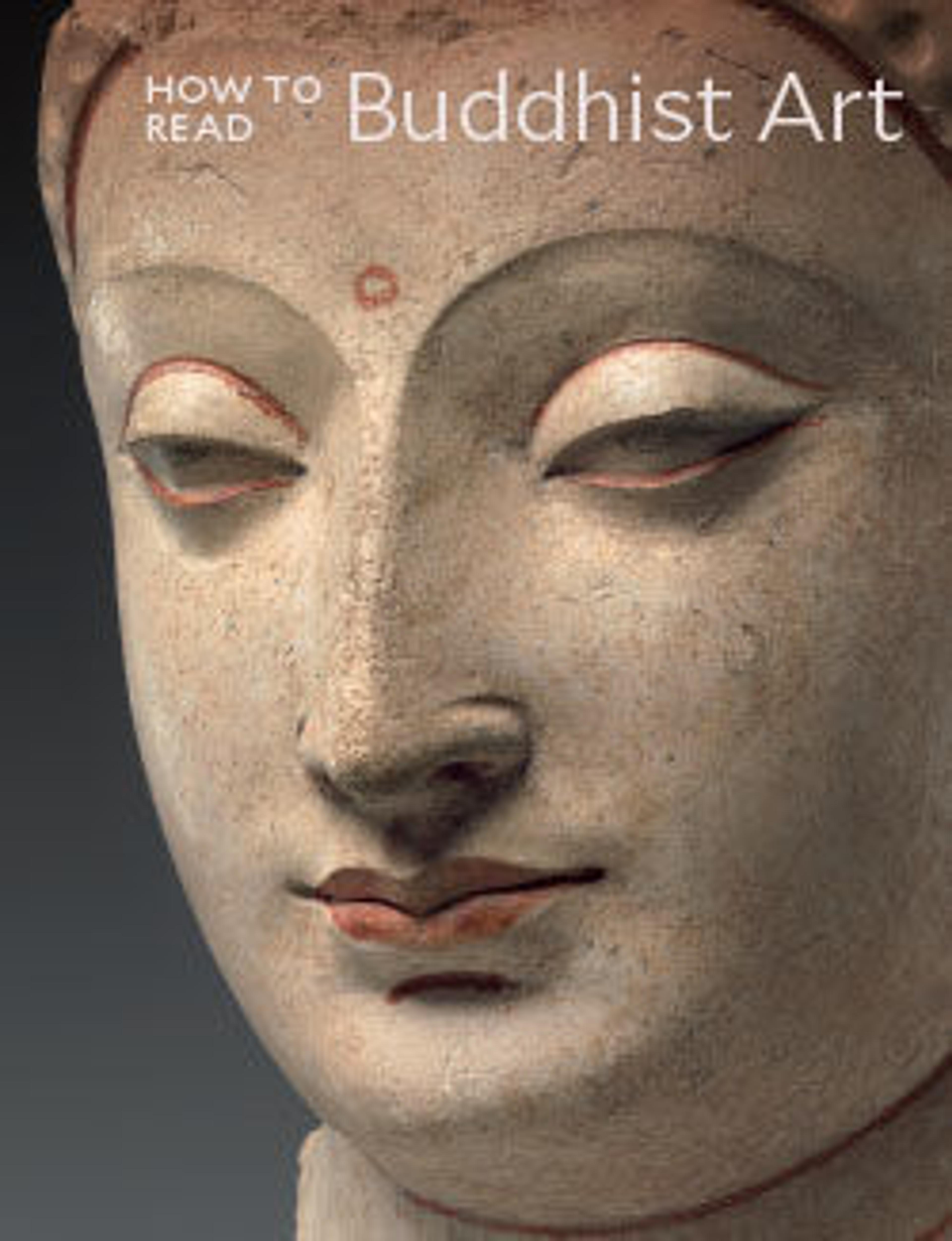Avalokiteshvara Padmapani
Bodhisattva as the lotus-bearer Padmapani was a favored form of Avalokiteshvara, the embodiment of Buddhist compassion. His identifiers are the lotus (padma) held in his left hand, and the small figure of the Buddha Amitabha atop his head. In this early representation, he sits in royal ease, with one leg pendant and a hand poised as if gesturing contemplation. The antelope skin over his shoulder is a reminder of his ascetic nature, akin to Shiva.
Artwork Details
- Title:Avalokiteshvara Padmapani
- Date:7th century
- Culture:Pakistan (Swat Valley)
- Medium:Bronze inlaid with silver and copper
- Dimensions:H. 8 3/4 in. (22.2 cm); W. 5 3/4 in. (14.6 cm); D. 4 1/8 in. (10.5 cm)
- Classification:Metalwork
- Credit Line:Harris Brisbane Dick and Fletcher Funds, 1974
- Object Number:1974.273
- Curatorial Department: Asian Art
Audio
7927. Avalokiteshvara Padmapani, Part 1
0:00
0:00
We're sorry, the transcript for this audio track is not available at this time. Please email info@metmuseum.org to request a transcript for this track.
Listen to more about this artwork
More Artwork
Research Resources
The Met provides unparalleled resources for research and welcomes an international community of students and scholars. The Met's Open Access API is where creators and researchers can connect to the The Met collection. Open Access data and public domain images are available for unrestricted commercial and noncommercial use without permission or fee.
To request images under copyright and other restrictions, please use this Image Request form.
Feedback
We continue to research and examine historical and cultural context for objects in The Met collection. If you have comments or questions about this object record, please contact us using the form below. The Museum looks forward to receiving your comments.
